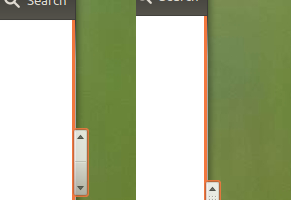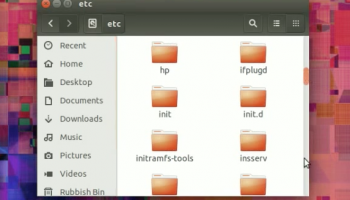
Unity overlay scrollbars have been dropped from Ubuntu 15.10 Wily Werewolf, due this October.
Unity is ditching its home-grown and often fiddly scrollbars in favour of the upstream GNOME scrollbars introduced in GNOME 3.16.
Why?
Unity desktop manager Will Cooke says the decision will ‘minimize the maintenance effort’ Canonical engineers have to expend on patching, bug fixing and making the scrollbars work with newer versions of GNOME.
And that time saving can be poured into other, more deserving areas, like Unity 8.
Unity Overlay Scrollbars: A Brief History
Overlay scrollbars were first introduced to the Unity desktop in Ubuntu 11.10 as part of an effort to: ‘maximise the screen real estate available to applications and to minimise otherwise useless chrome’.
Unlike standard window scrollbars, which show on-screen at all times, overlay scrollbars hide when they’re not needed and appear only when a user moves their mouse into a scrollable area.
Ubuntu’s iteration on the concept, which by 2011 was in use on the OS X desktop, added a ‘thumb’ scrubber. This was to make grabbing and moving the vanishing vertical scroll strip easier and more predictable.
Early version of Unity overlay scrollbars used a rounded thumb with no outline. Later versions switched to a square scrubber with orange bounding box, and increased the proximity/trigger area at which the thumb would appear.
Despite being a Unity-specific feature, overlay scrollbars were only added to the Dash in Ubuntu 13.04.
Developers involved with the creation often cited its compliance with (the oft-cited) Fitts’ law, a model of user interaction that was a popular yard-stick of design at the time but has faded in relevance with the advance of mobile-first design practices.
Given how subtle the scrollbars are in use, their removal is likely to result in a subtle reaction.
Will you miss Unity overlay scrollbars in the Wily Werewolf?



